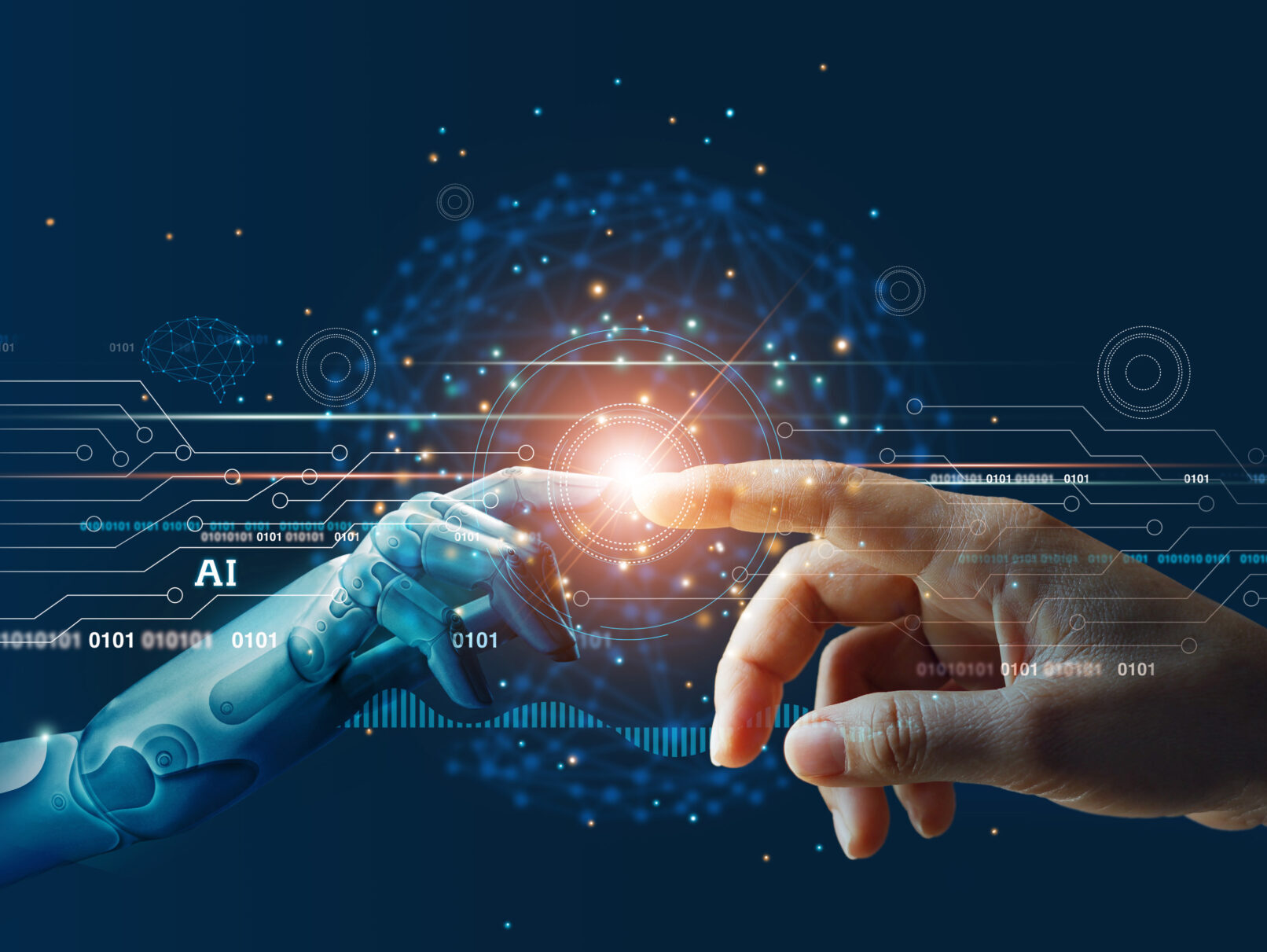Over the past two decades, we’ve all developed a keen eye for spotting doctored images. “Is it real or photoshopped?” has become a common question. But with the rise of generative AI, our skepticism needs an upgrade. We can describe any image in text and watch an AI bring it to life. Super cool, right? But this means we now have to ask, “Is this photoshopped or AI-generated?”
The Magic and Mayhem of Generative AI
Generative AI is like a magic wand for creating content—images, audio, video—if you can name it, it can create it. Text-to-image models can turn your written descriptions into stunning visuals. But this technology is a double-edged sword. While it sparks creativity, it also opens doors to new forms of deception.
Deepfakes: Entertaining or Alarming?
Deepfakes are AI-generated audio or video clips that make it look like someone is saying or doing something they never did. Sure, it’s fun to see Elvis Presley rap or a cartoon character sing pop hits. But deepfakes have a dark side. They can be used maliciously and can cause real harm.
The Dark Side of Deepfakes
Consider these real-world examples:
- High School Scandal: An athletic director in Maryland used AI to create an audio clip of the principal making racist comments. The faked clip was shared with school faculty and caused a major upheaval. Read more.
- Political Sabotage: A deepfake audio robocall of Joe Biden was sent to New Hampshire voters, telling them not to vote in the primary election. This malicious use of AI aimed to disrupt the democratic process. Read more.
- Corporate Fraud: A finance worker at a multinational firm was tricked into paying out $25 million to fraudsters using deepfake technology to pose as the company’s chief financial officer and several others in a video conferencing call. Read more.
These examples highlight the potential for deepfake to wreak havoc, from tarnishing personal reputations to undermining elections and causing massive financial losses.
How to Spot a Deepfake
Some deepfake videos will be clearly marked as fictional, often with labels on the perimeter of the video. However, many deepfakes aren’t labeled, so it’s important to know the signs:
- Unnatural Human Features: AI sometimes struggles with realistic human figures. Look for oddities like too many fingers, unusually wide teeth, or arms disappearing briefly during the video.
- Audio-Video Synchronization: Often, deepfake videos have poor lip-syncing. If a person’s lips don’t match the voice, it could be a deepfake.
- Labels and Disclaimers: Always check the edges or corners of the video for any disclaimers indicating that the video is not real.
- Far-fetched Content: If something seems too incredible to be true, it probably is. Validate extraordinary claims with other reliable sources.
- Inconsistencies in the Video: Look for glitches or odd movements that seem unnatural. Deepfakes can sometimes have visual inconsistencies that give them away.
Stay Sharp: Critical Thinking in the AI Era
As generative AI gets smarter and more accessible, we need to sharpen our critical thinking skills.
- Stay Informed: Learn about generative AI and its capabilities. Knowledge is your best defense against deception.
- Verify Before Sharing: Before you share that jaw-dropping audio, video, or image, double-check its authenticity. Use trusted sources and tools to detect deepfakes.
- Raise Awareness: Talk about AI and digital literacy with your community. The more people know, the harder it is for bad actors to fool us.
- Promote Responsible AI: Advocate for safeguards that protect against harmful use of AI.
- Engage with Experts: Follow AI ethics and digital forensics experts to keep yourself up to date on the latest findings.
Questioning photoshopped images and fake news stories has become second nature. Now we need to extend that skepticism to AI-generated content. Always ask: is it real, or is it AI? By staying informed and vigilant, we can ensure that generative AI enhances our world, rather than deceives it.

